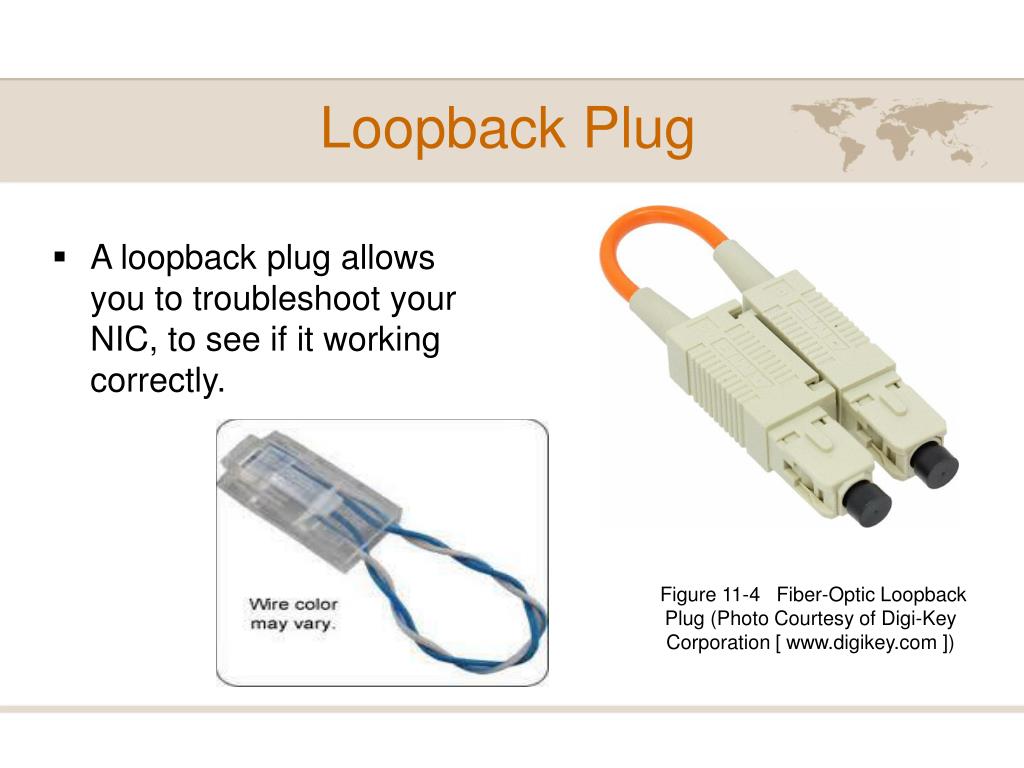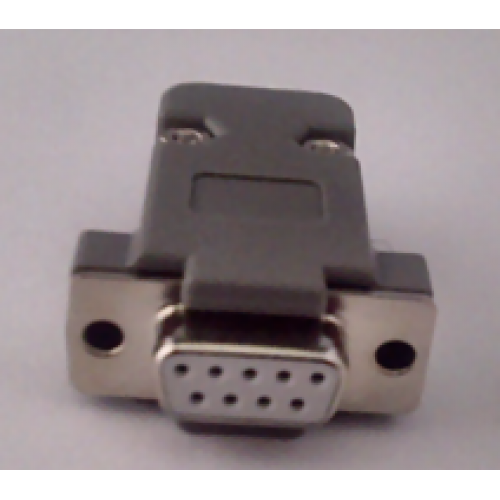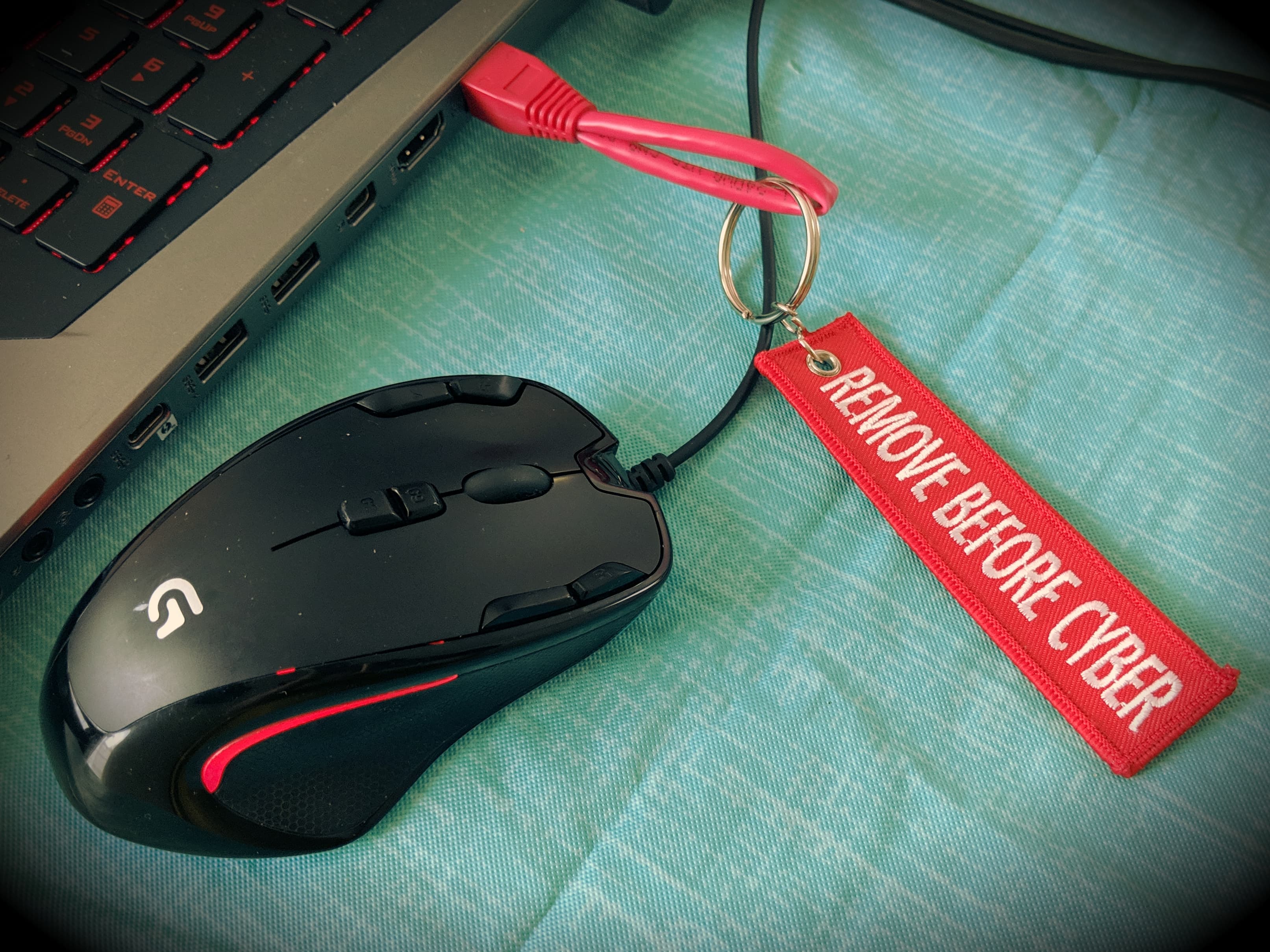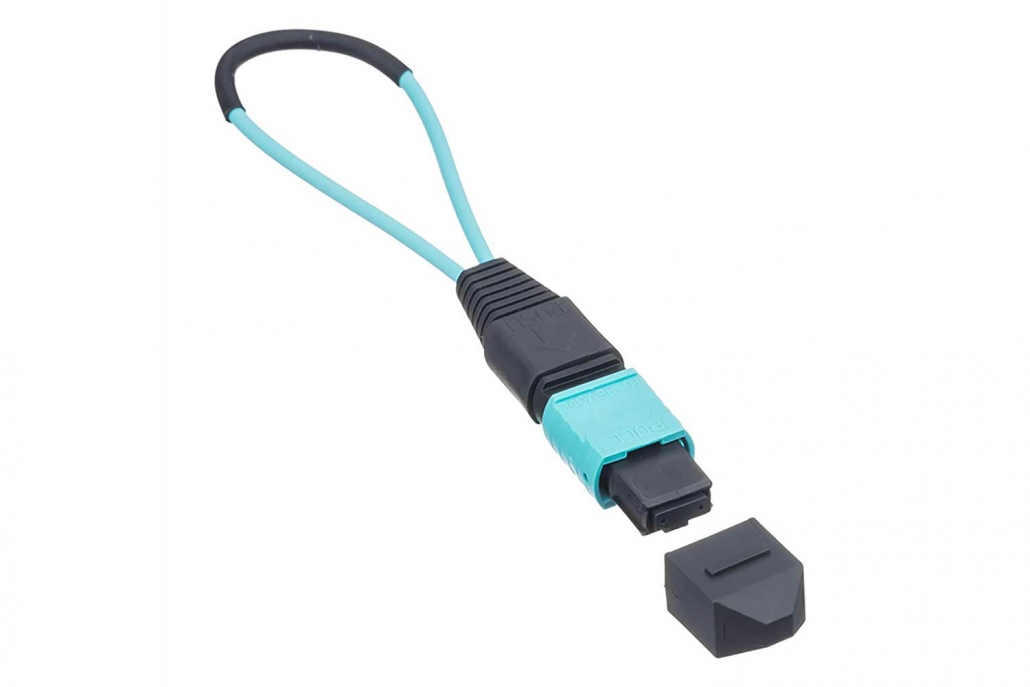
The percentage to increase the thin pool by when an autoextend is triggered. The threshold for when lvm should automatically extend the thin pool as a percentage of the total storage space. The percentage of space to use for metadata storage from the passed-in block device. The percentage of space to use for storage from the passed in block device. The path to the block device to configure for direct-lvm. The following new configuration options are available: Option If you need to use multiple block devices,Ĭonfigure direct-lvm mode manually instead. This is appropriate for fresh Docker setups only. Allow Docker to configure direct-lvm modeĭocker can manage the block device for you, simplifying configuration of direct-lvm Warning: Changing the storage driver makes any containers you have alreadyĪnd push existing images to Docker Hub or a private repository, so you do not However, more setup is required than in loop-lvmĪfter you have satisfied the prerequisites, follow the stepsīelow to configure Docker to use the devicemapper storage driver in Using loopback devices, uses system resources more efficiently, and blockĭevices can grow as needed. This mode uses block devices to create the thin pool. Production hosts using the devicemapper storage driver must use direct-lvm For production systems, seeĬonfigure direct-lvm mode for production. This is indicated by the fact that the Data loop fileĪnd a Metadata loop file are on files under This host is running in loop-lvm mode, which is not supported on Metadata loop file: /var/lib/docker/devicemapper/metadata Therefore only be used to perform rudimentary testing prior to configuringĬonfigure direct-lvm mode for production.ĭata loop file: /var/lib/docker/devicemapper/data

Missing user space packages, kernel drivers, etc.) ahead of attempting the moreĬomplex set up required to enable direct-lvm mode. However, setting up loop-lvm mode can help identify basic issues (such as Use of loopback devices can also introduce race conditions. However, the addition of the loopback mechanism, and interaction with the OSįilesystem layer, means that IO operations can be slow and resource-intensive. Read from and written to as if they were an actual physical disk or block Use of a ‘loopback’ mechanism that allows files on the local disk to be This configuration is only appropriate for testing. Use docker save to save containers,Īnd push existing images to Docker Hub or a private repository, so you doĬonfigure Docker with the devicemapper storage driverīefore following these procedures, you must first meet all the Changing the storage driver makes any containers you have alreadyĬreated inaccessible on the local system.devicemapper requires the lvm2 and device-mapper-persistent-data packages.devicemapper is supported on Docker Engine - Community running on CentOS, Fedora,.

These devices can be extended byĪdding physical storage to your Docker host, and they perform better than usingĪ filesystem at the operating system (OS) level. The block level, rather than the file level.

The devicemapper driver uses block devices dedicated to Docker and operates at However, specific configuration is required to use it with

Storage driver as devicemapper, and the kernel framework as Device Mapper.įor the systems where it is supported, devicemapper support is included in Leverages the thin provisioning and snapshotting capabilities of this frameworkįor image and container management. Device Mapper is a kernel-based framework that underpins many advanced


 0 kommentar(er)
0 kommentar(er)
